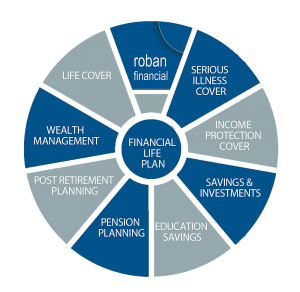Care homes may likewise be alluded to as talented nursing offices (SNF), long haul care offices, elderly folks individuals’ homes, care homes, rest homes, improving homes, or recuperating care. Regularly, these terms have somewhat various implications to demonstrate whether the organizations are public or private, and regardless of whether they give generally helped living, or nursing care and crisis clinical consideration.
Care homes are utilized by individuals who don’t should be in an emergency clinic, yet can’t be really focused on at home. The Dementia Care Doncaster office attendants have the obligation of really focusing on the patients’ clinical necessities and furthermore the obligation of being responsible for different representatives, contingent upon their positions. Most nursing homes have nursing associates and gifted attendants available 24 hours every day.
Administration of care comes :
Some nursing homes likewise give transient rehabilitative stays following a medical procedure, sickness, or injury. Administrations might incorporate active recuperation, word-related treatment, or discourse language treatment. Nursing homes furthermore offer various organizations, as organized activities and regular housekeeping. Nursing homes may offer memory care organizations, every now and again called dementia care
![]()
History
From before the seventeenth century to the present day, numerous families care for their seniors in the family’s home. While this is as yet normal practice for some networks and families all over the planet, this has become progressively more troublesome over the long haul as the future expands, family size diminishes and expanded mastery in focusing on an individual with an ongoing illness.
- In the 21st century :
Nursing homes have turned into a standard type of care for generally matured and debilitated people to represent those intricacies. Almost 6% of more seasoned grown-ups are protected in private offices that give a wide scope of care. However such organizations have not generally existed; rather, their set of experiences and advancement reflects somewhat ongoing segment and political real factors that shape the experience of developing old.
- In the seventeenth century :
poorhouses (additionally alluded to as almshouses) began in England as districts were relied upon to really focus on their poor. Not set in stone to be deranged, and old individuals were frequently positioned into these living halls while healthy people were relied upon to work and could be detained in case they were rejected. This model was brought to North America by English pilgrims.
- Before the nineteenth century :
No age-limited organizations existed for long-haul care; old people, who required haven in view of insufficiency, impoverishment, or family disengagement, frequently finished their days in an almshouse. Set close by individuals considered crazy, individuals who were intoxicated, or individuals who were destitute, they were just ordered as a feature of the local area’s most poor beneficiaries. Poorhouses gave where they could be given asylum and day-by-day dinners.
- During the 1800s in the US :
ladies and church bunches started to build up uncommon homes for the old people. Frequently worried that people of their own ethnic or strict networks may kick the bucket close by the most scorned society. This prompted the production of private consideration offices for the older in these communities. Poorhouses kept on existing into the mid-twentieth century, notwithstanding the analysis of the helpless states of the poorhouses.




